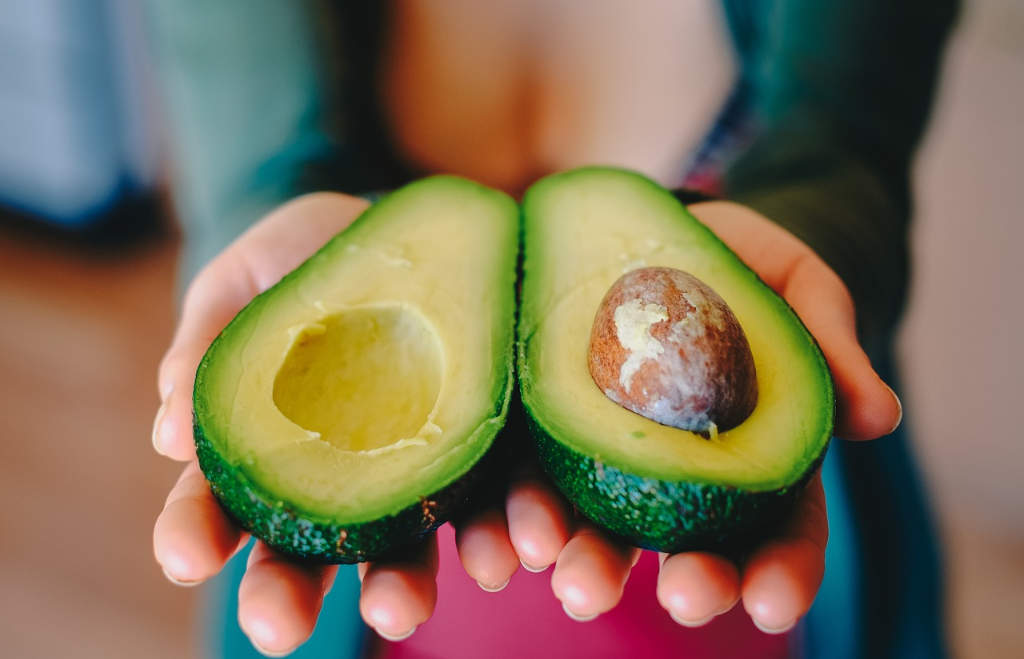The Amazing Avocado

Also known as an alligator pear (green, leathery and bumpy skin), the avocado, from a nutritional standpoint, us truly amazing. It is also quite versatile as it can be sliced, mashed, spread and, in oil form, used in cooking. They originated in South and Central America and their seeds were found buried with Incan mummies in Peru (I have no idea why Incans were buried with avocadoes).
The Spanish conquistadores found the native word for the fruit too difficult to pronounce and called the fruit aguacate, with the first English use of the word, “avocado,” appearing in 1696. Avocado trees were introduced to Santa Barbara, California in 1871 and the state is now one of the leading producers in the world. BTW, a single avocado tree can produce from 150-500 pieces of fruit per year.
Now that you know a bit of the fruit’s history, let’s look at what classifies the avocado as a superfood. The chart below should convince you that this classification is a proper one.

Additionally, avocados contain the important antioxidants lutein and zeaxanthin which support good eye health; preventing the formation of cataracts and slowing the progression of macular degeneration. And while they do have a relatively (compared to other fruits) high calorie content (160 per average sized avocado), this should not dissuade you from consuming them.
77 percent of those calories come from their fat content, making them one of the fattiest fruits known to humans. However, the majority of that fat content is from oleic acid, a monounsaturated fatty acid also found in olive oil. Oleic acid has been shown to lower bad cholesterol (LDL) and increase good cholesterol (HDL) levels and lower blood triglyceride levels, a type of fat in the blood. High triglyceride levels have been linked to heart disease, heart attacks, strokes, high blood pressure and type 2 diabetes.
However, what is most intriguing about alligator pears is their versatility. Sure, avocadoes will always be the primary ingredient in guacamole, but they can be used for so much more. Many now use them as mayonnaise, butter, and sour cream substitutes, placing them on burgers, breakfast sandwiches and baked potatoes. They can also be puréed and used for sauces (alfredo sauce replacement) or dressings. Avocado oil can be used in cooking in a manner similar to olive oil and as a hair conditioner. They’re great in milkshakes and smoothies. They can be diced and added to your favorite salad. And if I see another recipe for avocado toast I’m going to scream. Hey, avocadoes can also be used as a facial mask.
Here are a ton of avocado recipes, now get cooking!
You must be logged in to post a comment.